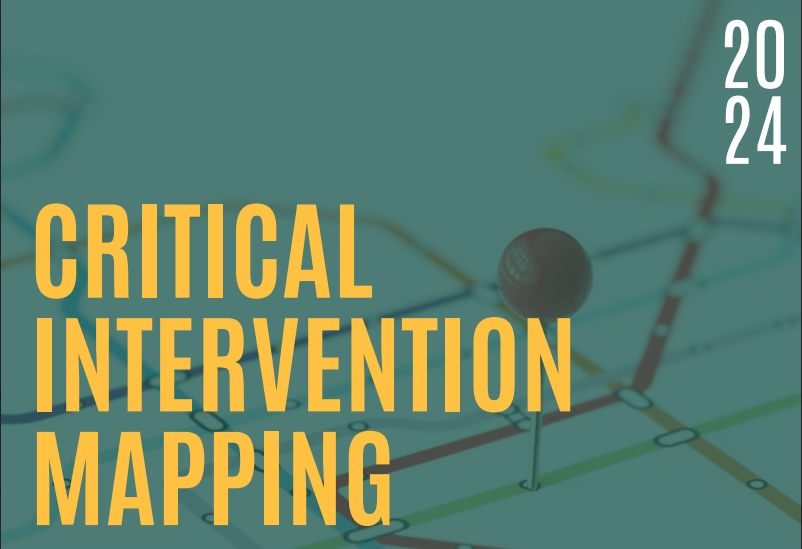Transforming Youth Justice in Wayne County: A Community-Led Vision Emerges from Critical Intervention Mapping
Wayne County’s youth justice system is at a pivotal moment — reimagining how young people move through systems of care and accountability with a new vision centered on lived experience, equity and collaboration.
In October 2024, more than 40 stakeholders came together for a pair of Critical Intervention Mapping (CIM) sessions to examine challenges in the youth justice system and identify meaningful, community-centered solutions.
Participants included grassroots leaders, nonprofit organizations, behavioral health providers, and city and county officials — united by a shared goal of transforming outcomes for youth and families.
These sessions were supported by the Ethel and James Flinn Foundation and structured in partnership with The Center for Behavioral Health and Justice at the Wayne State University School of Social Work, whose facilitation helped frame a process grounded in evidence, collaboration and care.
Listening at every level
The CIM process was built on a simple but radical idea: that those closest to the challenges are also closest to the solutions. Participants mapped six key “intervention points” in a young person’s journey — from community deflection through aftercare — surfacing structural gaps, cultural blind spots, and missed opportunities for support.
At each point, the call was clear: elevate youth and family voices, expand access to culturally responsive care, and bridge the silos that too often fragment services.
From mapping to momentum
The collaborative sessions generated a framework for change, grounded in shared priorities:
- Invest in grassroots organizations by increasing flexible funding and building capacity to document impact.
- Engage youth and families consistently across all stages of justice involvement.
- Advance culturally competent practices through targeted training and community-driven approaches.
- Improve data collection and accountability with shared metrics and transparent evaluation.
The result is a cohesive roadmap for systemic change that centers equity, trauma-informed care and sustained community leadership.
From community mapping to coordinated action
While The Center for Behavioral Health and Justice facilitated the CIM sessions, their work has evolved to support systems-level transformation by strengthening data integration between court and county entities, enhancing cross-system coordination and addressing structural gaps identified through the mapping process.
The Critical Intervention Mapping highlighted significant data gaps and opportunities to strengthen connections across the youth justice continuum, particularly in tracking outcomes for youth and families.
Looking ahead, key recommendations include developing integrated data infrastructure, establishing measurement frameworks that capture youth and family experiences, and creating sustainable feedback loops between system data and community input. These strategies reflect a growing recognition that data-informed, sustainable systems change must prioritize measurable outcomes for those most impacted.
What comes next
Wayne County’s youth justice reform efforts are far from over—but they are increasingly rooted in local wisdom and lived experience. By bridging expertise with empathy, systems can become more responsive, more inclusive, and more just.
This moment marks not just a phase in a project, but a realignment toward lived experience and local insight — centered on the communities most impacted and most capable of shaping a better way forward.
Learn more about The Center for Behavioral Health and Justice at the Wayne State School of Social Work. Discover the Ethel and James Flinn Foundation.

